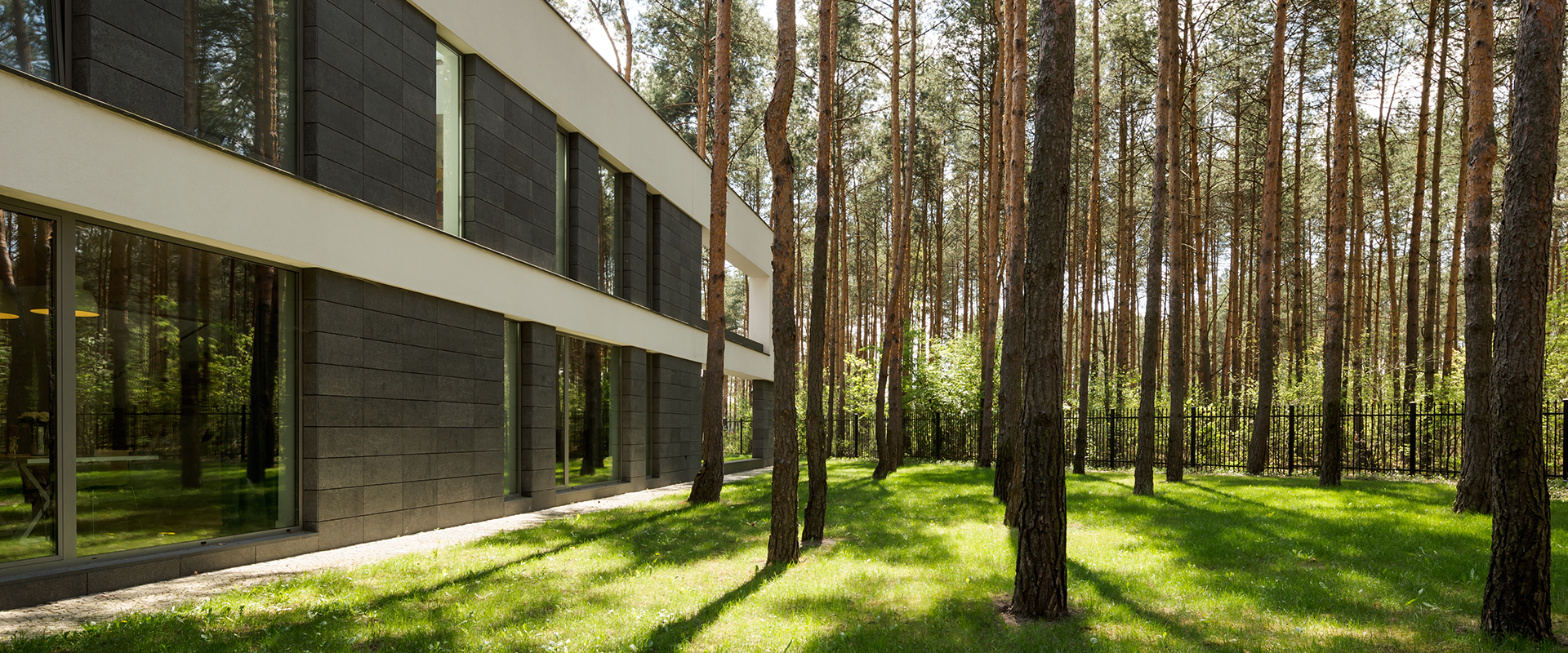
14 Apr Meet the team interview: Ulrich Reiter TEP Energy
Firstly, tell us a bit about the work you do at TEP Energy and what is your role in sEEnergies.
TEP stands for Technology, Economics and Policy – three essential aspects that determine energy and climate today and in the future. From a technological point of view, we analyse cities, buildings and facilities in terms of how they deal with energy. Economically, we are interested in cost/benefit assessments and the cost efficiency of energy measures. The policy area comprises energy and climate policy goals, instruments and measures in local, national and European context. Our role in the sEEnergies project is to develop and analyse cost curves of refurbishment measures in the built environment. The costs of refurbishment measures as well as of new renewable technologies are a main boundary condition for the transformation of the current energy system into a decarbonized and more energy efficient world. By deriving cost curves for refurbishment measures, we want to better understand which technological solutions help to achieve this transformation in a cost-effective manner.
Read more at: https://www.tep-energy.ch/en/about-us/profile-philosophy.php
What was your motivation to developing/working in the sEEnergies project? What is the background for this initiative?
Our motivation is to bring in our experience on the named cost aspects of the energy system transformation into the sEEnergies project, building on our former contribution to the successful Heat Roadmap 4 project (www.heatroadmap.eu). Basis for this work is the model family FORECAST (www.forecast-model.eu), which is a joint development of Fraunhofer ISI, TEP Energy and IREES. The bottom-up model FORECAST is widely used for scenario analyses of energy demand development of different sectors (industry, building related, etc.) under manifold scenario boundary conditions.
What do you think are the main challenges you will encounter during the sEEnergies project implementation?
Models always rely on sound data and the understanding what this data is exactly expressing. Gathering data on all European countries regarding the cost of different refurbishment measures is a challenging task which we will master due to our experience and competences in developing models and acquiring, analysing and selecting relevant data.
What do you hope to achieve by the end of the project?
Our goal is to provide the basis for a better understanding of the costs of different refurbishment measures in the European context and their impact on the goal to improve energy efficiency in the built environment. Given this basis, we will derive policy recommendations necessary to support the transformation process towards a carbon free and efficient building stock.
What do you personally find most interesting/exciting about sEEnergies’ expected outcomes?
Efficiency matters! This statement is one of the drivers for my work as well as one of the cornerstones of the sEEnergies project: to make the efficiency first principle more operational. Helping to set the ground for European policies and framework conditions to achieve an energy efficient system is very exciting.

